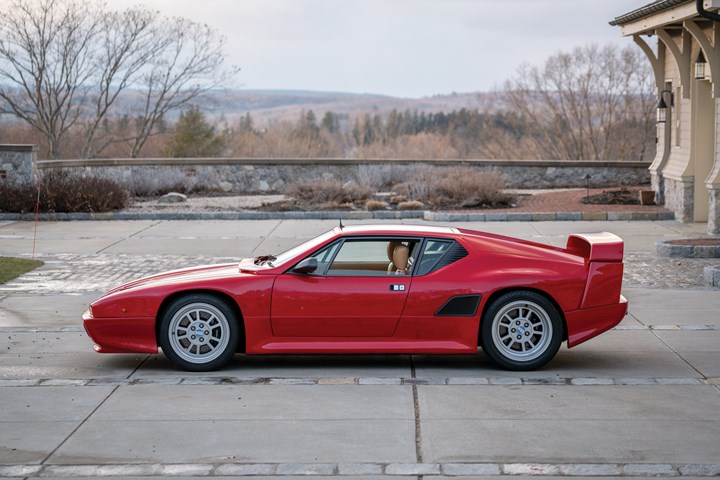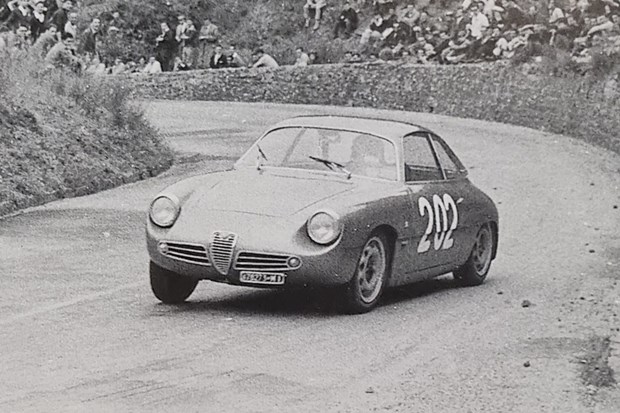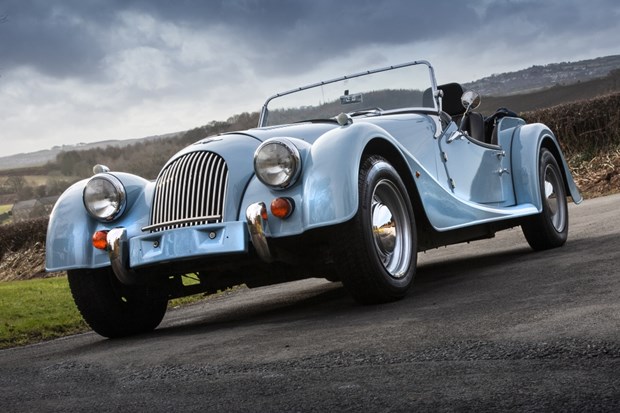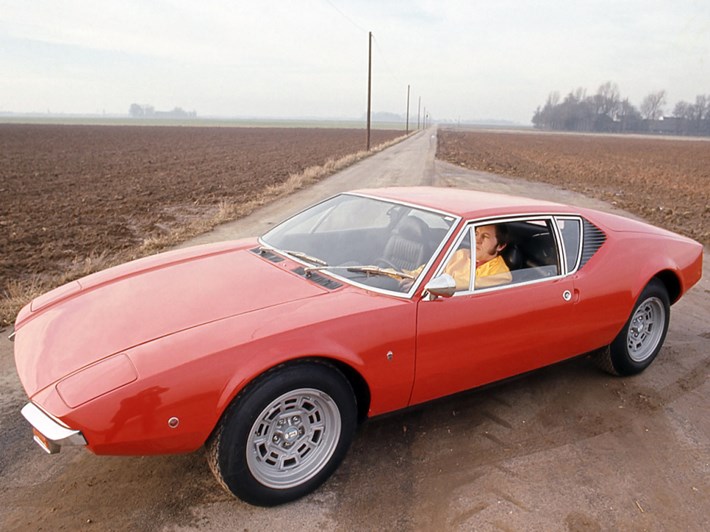
The De Tomaso Pantera had a long and quiet career despite a promising commercial debut in the US. Yet, it certainly did not lack impressive qualities!
Passionate about motor racing, Argentinean Alejandro De Tomaso founded his single-seater construction company in 1959 near Modena. However, four years later, the company presented the Vallelunga, its first road car. It was followed in 1966 by the Mangusta, a superb sports car powered by a Ford V8. With 402 cars produced, this was the real start of De Tomaso's activities as a car manufacturer. However, the consecration came with the Pantera, designed by Giugiaro (like the Mangusta). Presented in 1970 at the New York Motor Show, its main competitor was the Chevrolet Corvette. With a steel monocoque chassis housing a 5.8 litre Ford Cleveland V8 engine developing 310 bhp, the Italian car was capable of going from 0 to 100 km/h in 5.8 seconds. Its main selling point was its unbeatable price/performance ratio compared to the competition, and Alejandro DeTomaso has made the most of it by negotiating its distribution in the United States (its main market) through the Lincoln Mercury network. During the first year, 1,007 copies were sold, a very important figure for the firm!
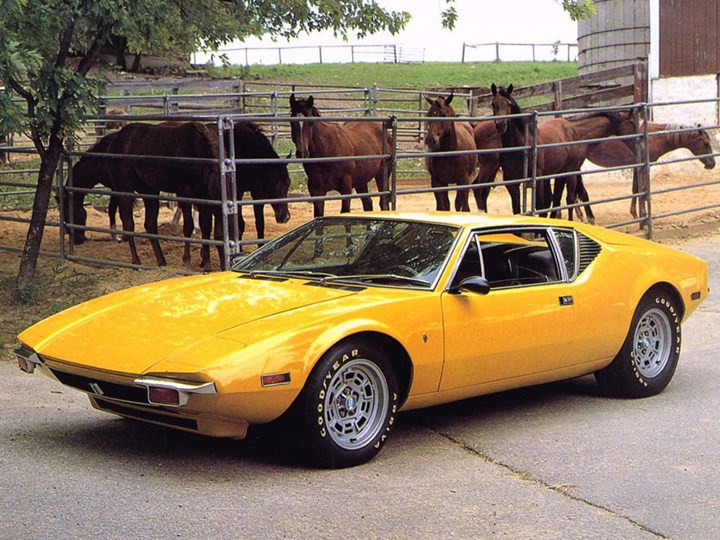
The price of craftsmanship
De Tomaso's main problem was a mediocre finish, a detail that did not please Ford, who imposed modifications on the car. In 1972, the Pantera L (for Lusso), revised and corrected (with better anti-corrosion protection) was marketed. It was distinguished by its large black bumpers and a detuned engine to meet anti-pollution standards. The following year, De Tomaso broke away from Ford's support and launched the GTS, a souped-up version of the 350bhp Pantera for the European market. The separation between the American manufacturer and the Italian company came about following numerous quality problems and low sales figures. While this decision could have sounded the death knell for the Pantera, De Tomaso decided to continue the career of his sports car by buying Australian Ford engines and having them prepared in Switzerland! In 1980, the GT5, with its more dynamic look, was presented and joined the GTS. Rejuvenated, the Pantera became commercially more dynamic and was replaced by the GTS-5 in 1984, whose aerodynamic elements were made of steel. A new Ford Windsor engine replaced the Cleveland, which was no longer in production. In 1990, De Tomaso surprised everyone with a new Pantera: the 90 Si. Redesigned by Gandini, the car was even more attractive, more modern, and it received a 305 hp Ford 302 block, equipped with electronic injection. Produced for 3 years, it did not seduce the buyers as only 41 examples left the De Tomaso factory. In 1993, it was definitively replaced by the Guara.
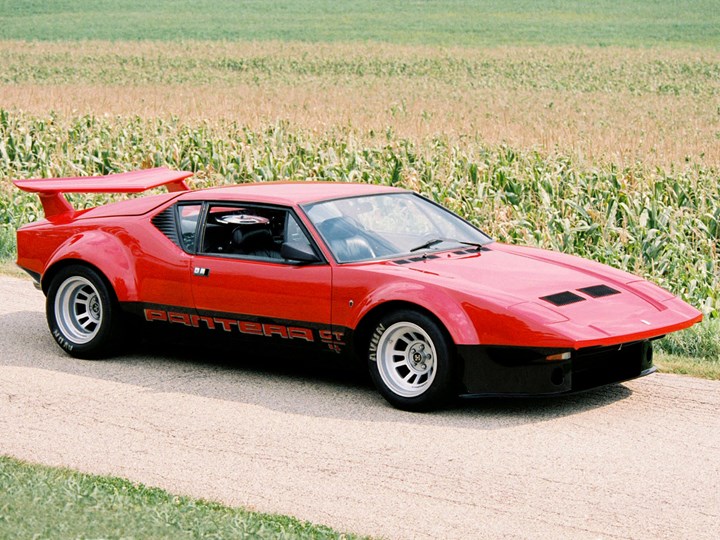
Profession of faith
Brutal, attractive and loud, the De Tomaso Pantera is a classic car of choice for any discerning enthusiast. Produced in only 7,260 examples, it is rare but not difficult to find on the web. Currently, it starts at €80,000 for a car in good condition but the latest versions can fetch up to €150,000 or even €180,000. A true amalgam of mechanical parts from the mass production, the Pantera is much less demanding in terms of maintenance than its Italian competitors thanks to its rather reliable American V8. On the other hand, specific parts are rare, or even impossible to find. It is therefore better to buy a car in the best possible condition to avoid problems. When it is perfectly tuned, the De Tomaso is a real treat but it is better to remain humble behind the wheel because it can bite at moment's notice!
